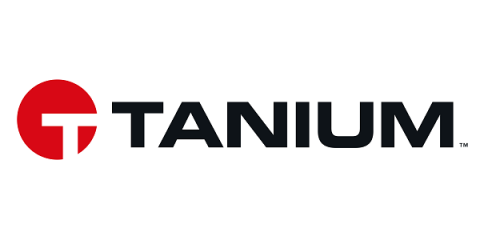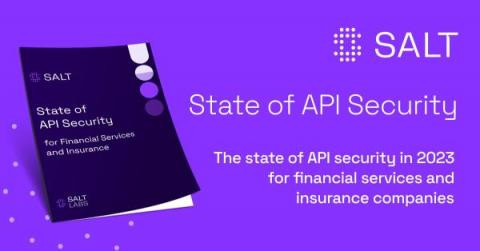With cyber threats becoming increasingly common, businesses of all sizes must be prepared to protect themselves from potential data breaches and other cyber attacks. Cyber insurance can be an important tool for managing these risks, but understanding the requirements of cyber insurance can be challenging. These requirements typically vary depending on the specific policy and insurer, but they often include factors such as the size and type of business, the industry in which the business operates, and the risk level associated with its IT infrastructure and data. In addition to meeting these eligibility requirements, businesses may need to comply with certain cybersecurity protocols and standards to maintain their coverage. This webinar will discuss these cyber insurance requirements and offer potential solutions for protecting your business from data breaches and other cyber threats.











